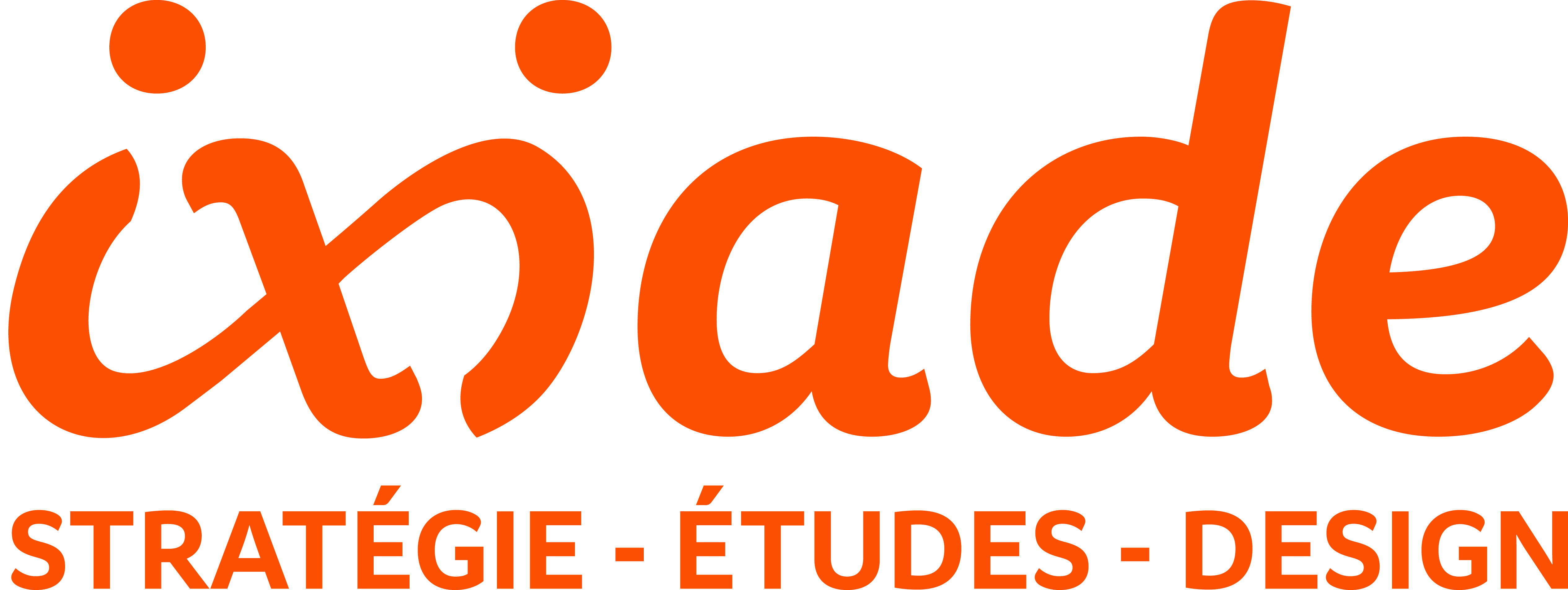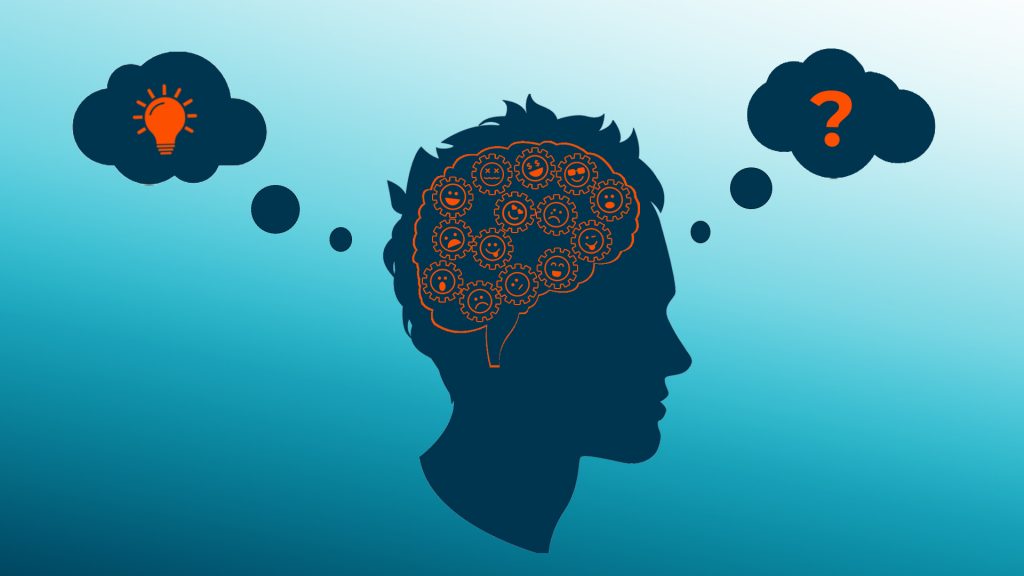We hear more and more about affects and emotions in the field of UX and marketing. But how do emotions come into play in the development of a digital offer? Florian Loeser, UX project manager at Ixiade, provides some answers.
Where does this interest in taking affects into account in innovation projects come from?
Being able to collect the opinion of users before they can even see the innovation as a whole or use it means putting all the odds in one’s favor to innovate in the right direction. For 30 years, considerable efforts have been made in building models that predict acceptability and, ideally, actual use behavior: no less than 20 models for more than 40 explanatory factors (ease of use, usefulness, feeling of control, pressure from standards, etc.) have been developed. Over the last ten years or so, there has been a growing interest in considering affects in the prediction of usage behavior, both in the scientific literature and in the business world. While this allows to go further in anticipating behavior, there is nevertheless a lack of clarity and rigor in the way affects are conceptualized.
What is the difference between affects and emotions?
Affect can be defined as a positive or negative experience that influences the way we act. Affects include many phenomena such as attitudes, feelings, moods, preferences and emotions. At the end of the day, emotions are part of affects, they are complex phenomena that involve several components. This means that it is possible to capture them in several ways. Among these, we can try to measure the emotional dimensions, which are in other words the reasons for the emotions. It is in a way the gateway to emotions and is an essential component in the process of developing an offer.
Why take an interest in emotions in the development of a digital offer?
Emotions participate in two key stages in the development of a digital offer: during the idea generation stage, as an ingredient for creativity, and during the evaluation stage, as a criterion for assessing the digital offer.
At the idea generation stage, positive emotions increase flexibility in information processing, making it easier to access attentional, perceptual and memory resources, allowing unusual associations to be made and generating more inclusive categories, thus increasing the symbolic scope of the produced ideas. Negative emotions, on the other hand, increase dichotomous thinking and over-categorization, making it more difficult to access attentional, memory and perceptual resources, which are necessary for creative ideation, but can be beneficial insofar as the problems they reveal allow conventional paradigms to be broken and opportunities for improvement to be identified.
At the evaluation stage, emotions act as value detectors:
- If the connected offer resembles things that the user already knows or uses, it facilitates understanding and therefore appropriation (emergence of positive emotions such as relief). On the other hand, if the understanding is too obvious and this feeling of “having seen it all before” too important, then the user will not perceive any value and will consider the offer as being boring and uninteresting.
- Conversely, if the digital offer is totally disruptive, it is likely to generate curiosity (the emergence of positive emotions such as pride, linked to the pleasure of having learnt something new and having managed to adapt). On the other hand, if the disruptive nature of the offer is too great, then the user will not understand, will be frustrated, and will consider the offer as useless or complex.
The compromise is at the center of this continuum between feelings of “having seen it all before” and “never seen”.
How do we use emotions to build a digital offer?
In addition to the methods for developing new offer concepts, emotional design is a popular concept in the UX world. It is about going beyond the pragmatic and utilitarian approach by proposing pleasant, aesthetic, hedonic user experiences that give even more meaning to innovations. At Ixiade, we use the Eminosa® method to support project owners in the development of their offer. It allows to identify which specific attributes need to be reworked. For example, if we want to reduce the fear and increase the relief that users might feel towards a digital offer, we know that we need to act on very specific dimensions such as the degree of perceived control, the predictability of actions or even aesthetic and functional familiarity.
The greatest challenge of emotional design in the context of digital offers is to propose development axis that can consider the plurality of users, their emotional reactions and the interactions that exist between different categories of users. This is why the synergy between engineering, psychology, sociology, design, marketing and communication is more essential than ever when it comes to emotional design in order to successfully develop a digital offer.

